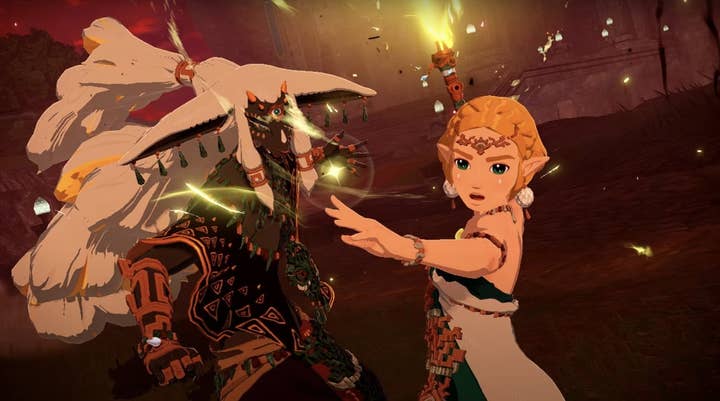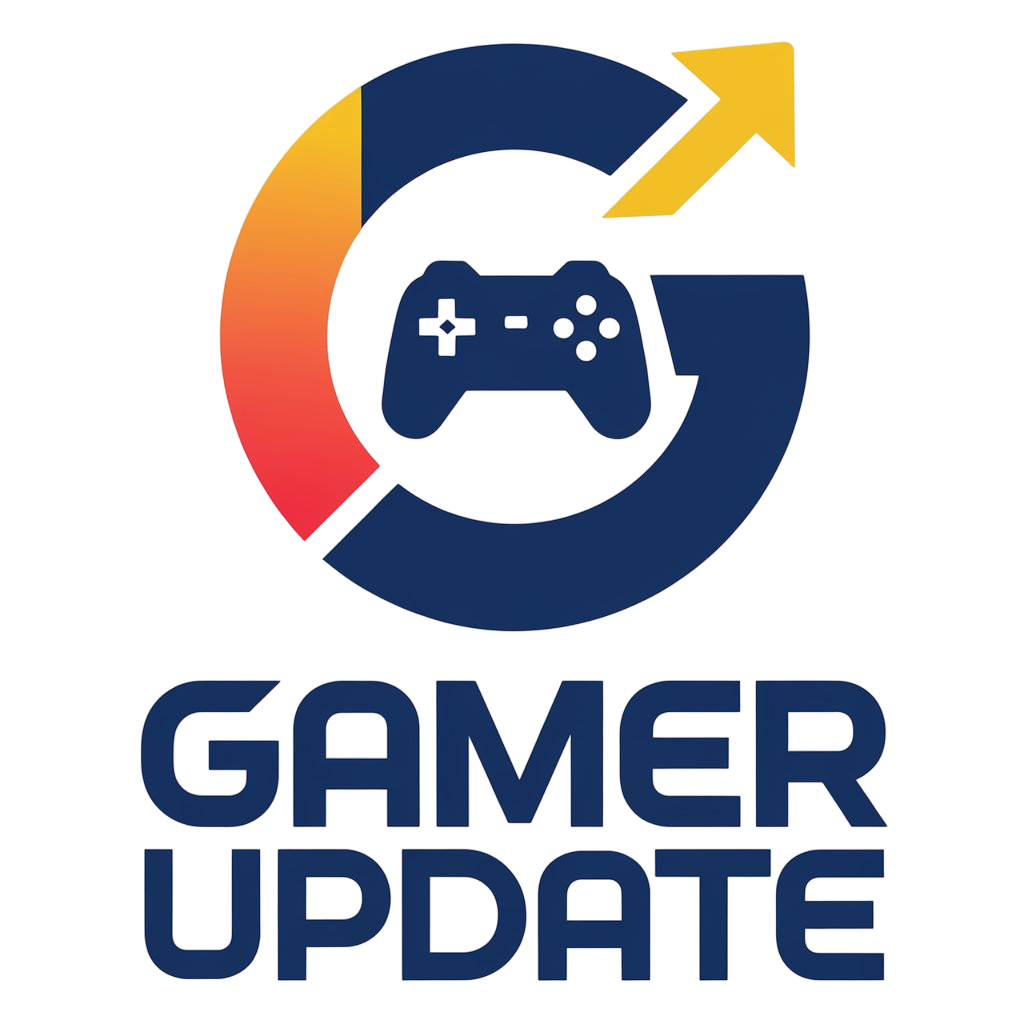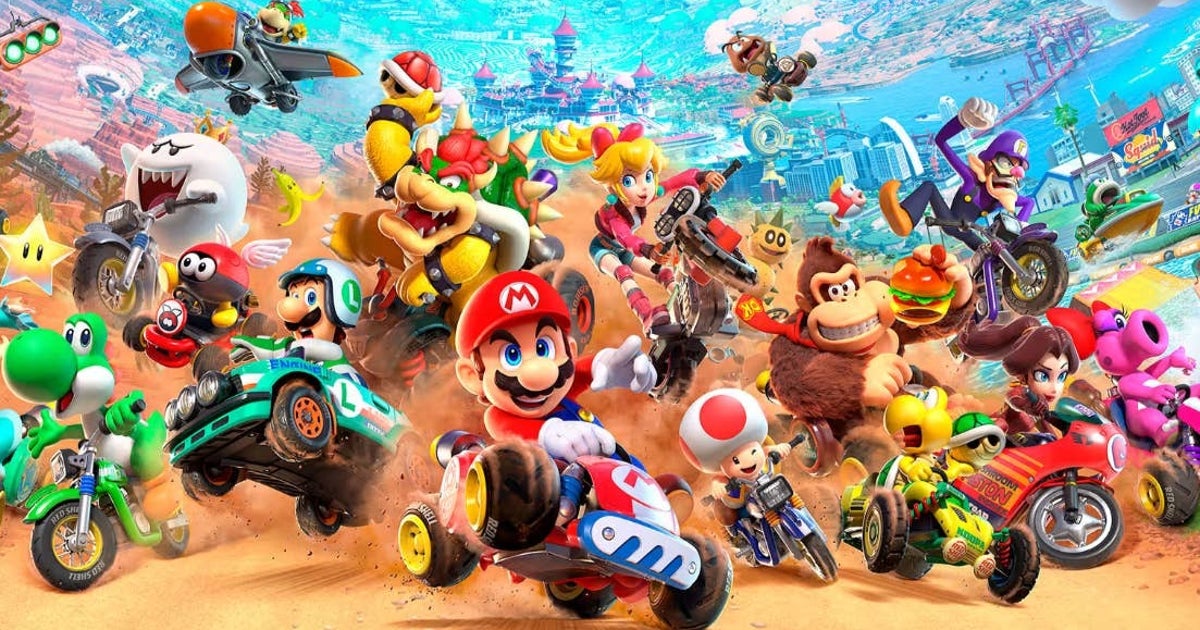With or without tariffs, one thing became clear following the Nintendo Switch 2 reveal last week: consumers will be paying more for games on the console when it launches on June 5, 2025.
More, even, than they’re used to paying for first-party games on PlayStation 5 and Xbox Series X/S in the US and Europe in some cases.
Flagship launch title Mario Kart World, for example, has a pre-tariff cost of $80 in the US for both its physical and digital versions, while it’s £75 for a physical copy in the UK (or £67 digitally) and €90 in Europe (or €80 digitally). For Japanese consumers, it’s ¥8,980 (around $61) for the digital version and ¥9,980 (around $68) for a physical copy.
July’s Donkey Kong Bananza is priced a tier below that at $70/£67/€80 for a physical copy (though again, it’s unclear if the US price could change due to tariffs). The US price is the same digitally, while the UK eShop price is £57 and the European price is €70. In Japan, physical and digital copies will cost ¥8,980 (around $61) and ¥7,980 (around $54) respectively.
For context, 2023’s The Legend of Zelda: Tears of the Kingdom was in the more expensive tier of games on the original Nintendo Switch, with a price of $70 and £60 in the UK.
Recent Switch remaster Xenoblade Chronicles X: Definitive Edition is $60/£50 on Nintendo’s eShop, or available for around £8 cheaper physically from UK retailers based on a cursory search.
Xbox’s next major release – Doom: The Dark Ages – will retail for $70/£70/€80 digitally and physically (the exception being the UK physical price of £65). Sony’s Death Stranding 2: On The Beach, out in June, costs the same for the base digital and physical editions.
In essence, then, Nintendo has caught up with their pricing, and even overtaken them in a few like-for-like comparisons.
Last week, following the Switch 2 reveal and the unveiling of Trump’s tariffs (but before US hardware pre-orders were put on hold), we asked analysts what was behind the increasing prices in these markets.
“Against the backdrop of global inflation, it’s a good opportunity for Nintendo now to set the stage for the future and raise prices across the board,” says Kantan Games founder Dr Serkan Toto.
“I think the more interesting question is what may happen with the rest of the video game market, particularly in the US.”
Mat Piscatella, Circana
“They look at the industry and see Sony charging $700 for a PS5 Pro or rumors about price hikes for blockbusters like Grand Theft Auto 6. Nintendo was also encouraged by the fact that they got away with the $70 they charged for Tears Of The Kingdom in 2023.”
“And even simpler, I think they raised software prices across all these regions because they think they can.”
Toto is predicting that fans will come to adjust to the prices. “Nintendo already priced in the protest and uproar by part of the fan base, betting this will all blow off and gamers will come to accept a new normal eventually. And I think they will be correct about this.”
Ampere Analysis’ Piers Harding-Rolls believes the pricing could be based on a combination of inflation and Nintendo’s own relatively tame approach to microtransactions and other DLC.
“I think $80 for Mario Kart World reflects the recent inflation we’ve seen across all areas of consumer goods, is a benchmark for the new platform and is also because Nintendo is not aggressively pursuing in-game monetisation to offset rising costs.”
“Then you have the tariff situation which will impact physical games more than digital,” Harding-Rolls said, before US pre-orders for the Switch 2 were suspended. “A price differential between the two mediums in this context is understandable.”
Going back a few decades, Nintendo has form when it comes to pricing higher than its competitors. “Nintendo has a bit of a history of pricing games higher than other platforms when coming to the market mid-cycle compared to other console platforms – in this case PS5 and Xbox Series.
“I remember back in the day N64 titles being more than PlayStation titles, for example. Some of that is related to cost of goods, but Nintendo also likes to follow its own approach and price based on its own appreciation of value.”
The idea of Nintendo’s own perception of value being a factor is supported by an IGN interview with Nintendo of America’s VP of Player & Product Experience Bill Trinen conducted last week.
“I would say it’s less about the strategy of pricing Mario Kart World,” Trinen said. “It’s more just whenever we look at a given game, we just look at what is the experience, and what’s the content, and what’s the value?”
Harding-Rolls doesn’t foresee high game prices having an impact on the Switch 2 in the short term. “I don’t expect the pricing to stop early adopters buying into Mario Kart World and many will be buying the bundle anyway. Based on this I think some top tier Nintendo titles will launch at this price point and some third parties will also follow suit.”
“I think [Nintendo] raised software prices across all these regions because they think they can.”
Dr Serkan Toto, Kantan Games
Despite the pricing sensitivities raised by some users in response to Nintendo’s social media activity in the past week, then, anticipation for the Switch 2 is likely to power it through its first year.
“I don’t see this as being a massive challenge for year one for Switch 2 in particular,” says Circana senior analyst Mat Piscatella. “But we are in interesting times, with some unprecedented (at least in anyone’s current lifetime) factors.
“I think the more interesting question is what may happen with the rest of the video game market, particularly in the US.”
Piscatella speculates that increased prices of games more generally could lead to larger market shifts.
“My read is that the most likely scenario is that we’ll see video game product pricing start to rise in the US, although these changes may not be consistent or universal. I’m also expecting that consumers will shift even more to free to play/live service games as they try to grapple with increased costs in everyday spending categories like food.”
A growing gap could emerge between those willing to pay for premium games, and those playing free-to-play titles.
“I anticipate the console market in particular to continue to shift to older and/or more affluent consumers, as other parts of the market will lean even more into readily available and accessible mobile and PC gaming.
“I’m also expecting the decline of physical software sales to accelerate even more, as physical versions of games may end up carrying higher pricing than digital versions.”
As the last week has shown, though, we’re in a highly unpredictable moment.
“Or perhaps only some (or even none) of those expectations will end up playing out,” Piscatella adds. “Who knows.”

Whether tariffs will affect game prices in the US (particularly physical titles) is one of many open questions right now. Whatever the outcome, higher prices for premium Nintendo games seem to be here to stay.
What it could lead to for the rest of the market – like the final years of blockbusters on the PS5 and Xbox Series X/S, as well as their successors – may matter more, here.
As Matthew Ball’s The State of Video Gaming in 2025 put it, there’s some optimism from unnamed sources that GTA 6 could cost up to $100. “Some gamemakers hope GTA 6 will be priced at $80-100, breaking the $70 barrier and helping $50 titles to move up to $60, $60 to do $70, $70 to do $80, etc.”
Mario Kart broke the $70 barrier first, which may have been less easy to predict back in January.
Of course, not every Switch 2 game will be in the higher price range. With a huge digital market of third-party titles, there will always be something cheaper to play on the new console.
But the appeal of new Nintendo hardware is usually seeing what the company itself has created to sell it – what magic its developers make from the increased graphical and audio capabilities, or new features like the mouse controls and GameChat.
That proposition is still just as exciting on Switch 2. Being a part of it just has a higher barrier to entry than it did on the original Switch.

